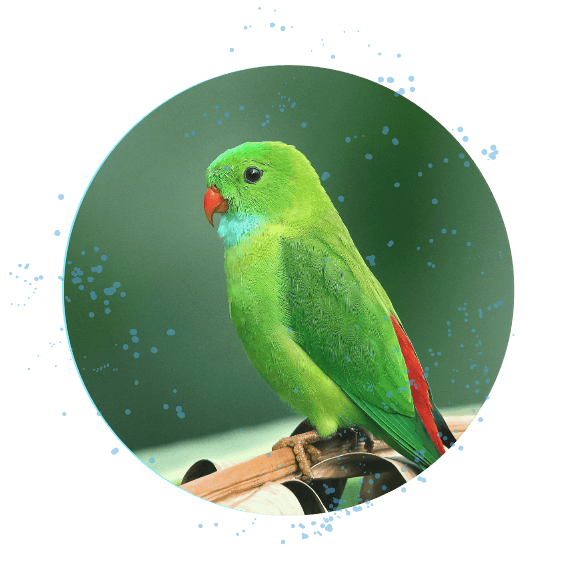Animal genomics research can provide valuable insights for many scientific research fields, complete the construction of whole genome sequence maps of these animals, and use them as the core to carry out a series of gene annotation, species evolution, and other research, laying the foundation for in-depth research in human disease research, animal environmental adaptation and evolution, species diversity conservation, and climate change.
Linaxin Biological Nanopore Gene Sequencer supports direct sequencing of raw DNA templates without amplification or preference, cDNA sequencing, and short and long DNA sequencing. In the exploration of animal genomics research, we can help you achieve:

Constructing a complete genome assembly is extremely difficult, especially for repetitive sequences and complex regions. Through nanopore gene sequencing, it is easier to cover complex and structurally variable regions, and the obtained long fragments can have more overlapping areas, which is beneficial for rapid assembly to obtain the correct base sequence and accurate sequences such as repetitive sequences that are difficult to assemble by short fragment sequencing. At the same time, single nucleotide variant (SNV) haplotyping, structural variation, and repetitive region characterization can be achieved.

Genomic resequencing is the process of sequencing animal species with known genome sequences and conducting individual or population analysis based on this. By resequencing the genomes of different individuals of the species or different tissues of the same individual, genomic sequence differences can be comprehensively explored at the population or individual level. Compared to traditional second-generation sequencing, nanopore gene sequencing technology has the advantage of long read lengths, with theoretical read lengths up to Mb levels, making it easy to cross most repetitive or heterozygous regions. Through sequence alignment, a large number of single nucleotide polymorphism sites (SNPs), insertion deletion sites (InDel), structure variation sites (SV), and copy number variation sites (CNV) can be found, Copy Number Variation)。 By using bioinformatics methods, further analyze the structural differences between genomes of different individuals, and complete annotation to achieve genetic evolution analysis and prediction of candidate genes for important traits.

Studying the transcriptome information of animals in terms of evolution, growth and development, immune response, etc. helps to understand the molecular mechanisms and internal connections of various life activities of animals. The corresponding research results obtained have important value in breeding, disease resistance screening, drug screening, species resource conservation, and solving developmental and evolutionary related biological problems. The use of nanopore long fragment sequencing technology is more conducive to improving the coverage of complex genes and obtaining complete and accurate gene expression data and structural information.